13 Stories Proving That Female Solidarity Turns Ordinary Women Into Legends

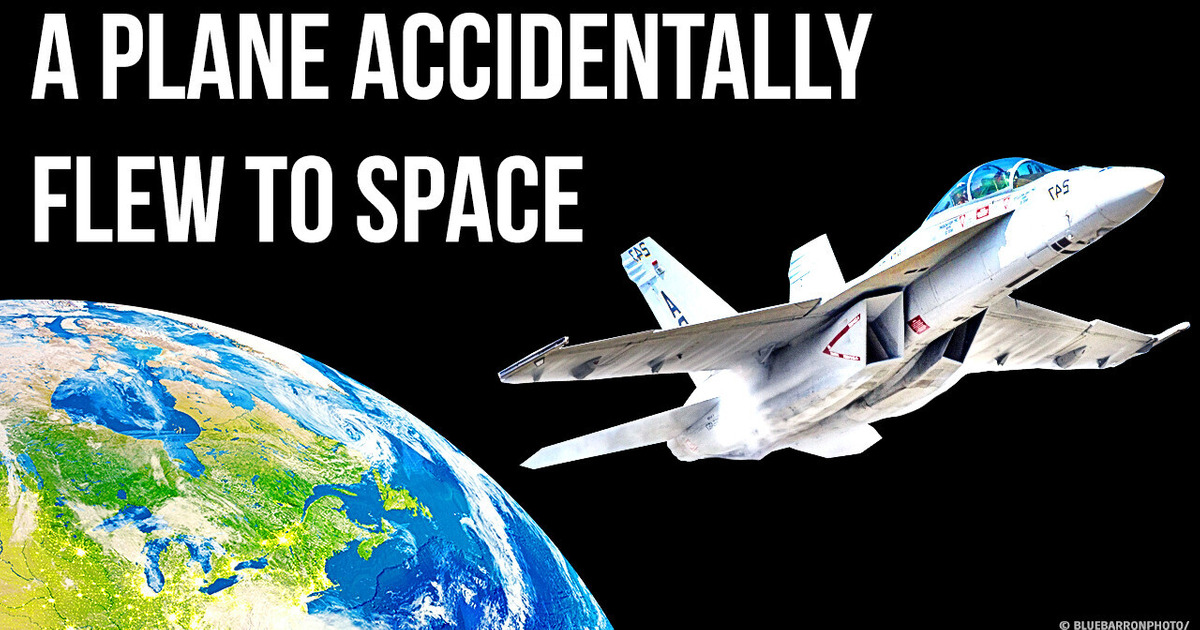
Joseph Walker is about to have an historic flight, but he does not know of it yet. He smiles at his chase pilot showing the “OK” sign and closes the cockpit of his steel friend — the newest unpowered rocket plane, X-15. It’s placed under the wing of a B52 bomber. They take off and go up to 45,000 feet.
Joseph is calm and full of joy because he has been getting ready for this moment his whole life. He trusts his steel-winged friend like no other. The bomber drops the X-15. The rockets fire up, and with a fantastic thrust, Joe flies steeply toward the edge of space.
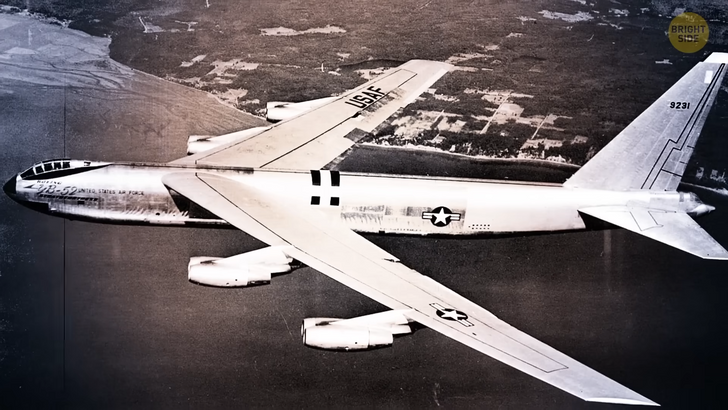
He knows his dream of making the first-ever suborbital plane flight will soon come true. Joe adjusts the controls to intensify the rocket energy. In contrast to the usual blue-sky plane view, the beautiful curved planet Earth view and a black horizon is a visual privilege only a few people can have. Joseph Walker’s reaction shows he is experiencing zero gravity.
Welcome to space! The pilot says quietly, “We did it, guys!” [Flashback] The Walker surname has always automatically propelled him to action. He just had to go forward, strive for higher results, and not stop. As a teenager, he loved to run, arms outstretched at the sides. He imagined that his legs lifted off the ground suddenly, and he felt himself flying, soaring up both as a man and an airplane.
When he worked as a test pilot, he used to fly over city lights at dusk. They assembled themselves into gigantic mosaics below and reminded him of faraway stars he wanted to reach. His dream of becoming an astronaut and getting the Astronaut Wings, which he considered a great honor, was born at that time.
On the way to his dream, Joseph studied a lot and got a bachelor’s degree in physics. He also had extensive test experience in the early X-series aircraft and twenty-seven flights in rocket aircraft after joining the NACA (which stands for the National Advisory Committee for Aeronautics) in Dryden in 1951. He combined the experience with sound engineering judgment.

What drives a test pilot to risk his life every day? Courage? Duty? Devotion? Passion? All of it. Joseph was a talented test pilot and would not have traded jobs with anyone, but he had always aimed higher. So he became the right person for the X-15 spaceflight program when he was invited to be its chief pilot. The whole team, including the engineers and all the twelve test pilots, had to prove that they could design an airplane that would fly and survive at hypersonic speeds.
Before, there was only a theory about hypersonic flight and subscale wind tunnel testing. That’s why there were many questions, like, “Will they be able to prove it?” “Will they manage to design an airplane that will be stable and controllable at hypersonic speeds?” “Could they possibly create a structure that would survive the high heating rates associated with hypersonic speeds, and, more importantly, could a pilot survive and function adequately in this high-energy environment?”
When the X-15 launches from the Bomber’s wing, it first goes into a free fall for several seconds. And only after that, the rockets can be ignited. So there was a considerable risk of a rocket failure, too. The team also had to design an airplane that would be controllable outside the atmosphere and could successfully re-enter it at high speed and steep entry angles.
If the X-15 took the wrong angle, the plane would be destroyed. So, could they prove all of this? To regularly tempt fate is a real job of any test pilot. Joseph knew the anatomy of his winged friend as much as his own because his life depended on it. The X-15 looked like a big propellant tank with a cockpit. It was fifty feet long, twenty feet wide, and thirteen feet high.
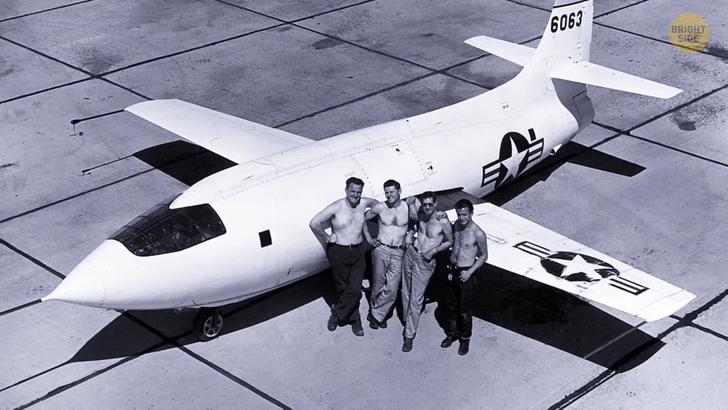
But the propellant tanks took up approximately twenty-five of those fifty feet. The X-15 weighed 15,000 pounds without propellants and 33,000 pounds loaded with them. The propellants consisted of liquid oxygen and anhydrous ammonia. To fly at the hyper sound speed of Mach 6, or 4,000 mph, one must have an airplane that will survive temperatures as high as 1,200 °F. That’s why the X-15 was built of steel Inconel-X, a tough high-strength nickel-steel alloy.
Only three aircraft were built. The X15 was by far the fastest plane existing at that time. It could fly at a speed of up to seven times the speed of sound, which is 4,520 mph. Joseph Walker could fly to the edge of space and land again within 12 minutes. The plane was powered by a liquid rocket engine Reaction Motors XLR99 which delivered a powerful thrust of 57,000 pounds.
During Walker’s first X-15 flight, he was unaware of how much power the rocket motors had, and he was slammed into the pilot’s seat, yelling, “Oh, wow!” The enormous ejection seat weighed 270 pounds. It had two large stabilizing fins deployed after ejection and two large telescopic booms that extended for seat stabilization.
The aircraft had a conventional wing, although small — with only a 22-foot span and roughly 200 square feet of area. The aircraft’s tail was unusual, with two canted horizontal and two vertical surfaces. These tail surfaces resembled the feathers on an arrow. They served the same purpose, keeping the aircraft stable and pointed in the right direction.
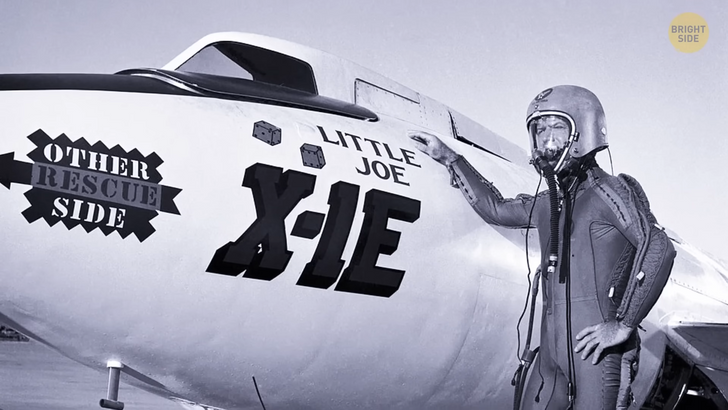
The upper and lower vertical tail surfaces were pretty large and thick compared to conventional airplanes. They were wedge-shaped in cross-section with a sharp edge in front and abroad and a blunt base at the rear. This provided additional stability and prevented the aircraft from swapping ends at extremely high speeds. The airflow sensor on the airplane’s nose determined the airflow direction and impact pressure.
This sensor was referred to as the ball nose. It was servo-driven to align with the airflow affecting the aircraft’s nose. From this, the engineers obtained the angle of attack, the sideslip inclination, and the impact pressure of the air flowing over the aircraft. The ball nose was cooled with liquid nitrogen to prevent it from melting during high-speed flight.
Walker sometimes liked to playfully bet with his fellow test pilots who would be the first to lift the rocket plane above the Karman line, the internationally accepted boundary of sixty-two miles. On August 22nd, 1963, during Flight 91, Joseph Walker sets a world record of the highest altitude of 67.08 miles reached by an unpowered plane X-15. The X-15 is hoisted up to the pylon on the B-52 wing. The hoists are located in the X-15’s servicing, fueling, and mating areas.
All pre-flight checks are completed. Take-off. The X-15 is the first aircraft to utilize an inertial platform and a computer. Standard barometric instruments are almost useless in the X-15. Joseph has them on the instrument panel, but he only uses them during landing because they don’t work at high altitudes or outside the atmosphere. For a sizable portion of the flight, he uses inertial data for control and guidance.
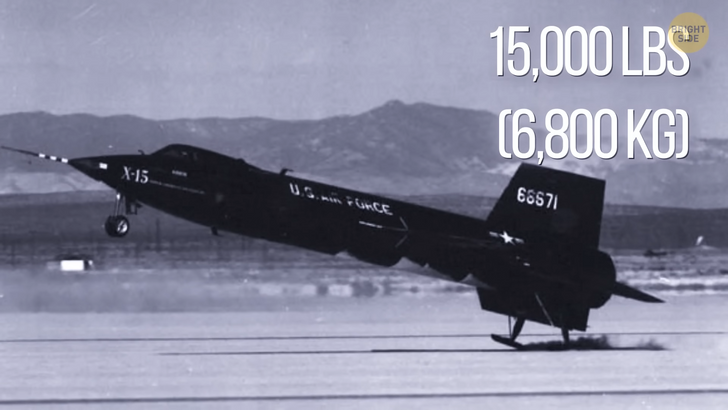
Launch. The X-15 drops away from the Bomber and gets into a free fall for several seconds. Then the rockets start by burning within 85 seconds, producing extreme power. Joseph pulls the plane up at a steep climb-out angle to start forming a long parabola and comes out of the atmosphere.
The pilot has good visibility since the windows are next to his head. One very unusual thing about the visibility out of the X-15’s windows is that the pilot cannot see any part of the airplane. He cannot see the nose; he cannot see the wings. Nothing.
Typically, pilots use the nose and the wings in an aircraft for attitude reference. In the X-15, all Joseph has for a reference is the window frame, which is very disorienting on the one hand. But on the bright side, such a panoramic view is just right to enjoy the splendid horizon, a boundary between Earth and space.
Joseph thinks how quiet it is here, like nowhere else. Mission completed. Joseph completes a perfect parabola and re-enters the atmosphere successfully. The X-15 is like a tough old bird that pops and bangs as it accelerates above extreme speed. But it all hangs together and gets Joseph Walker back home. He is ready to start a glide, landing from space.
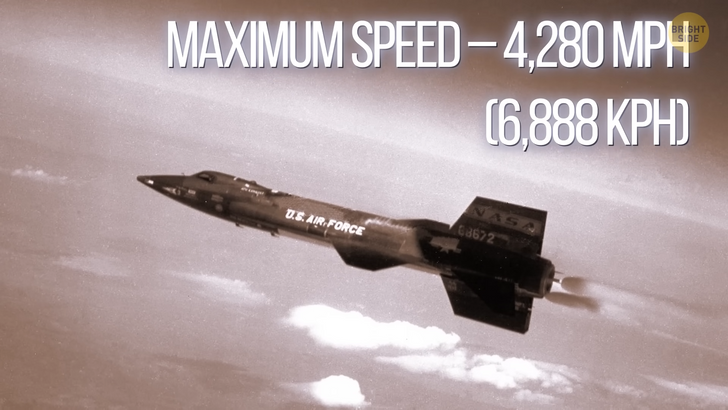
The X-15 has some outstanding features that significantly enhance the safety of landing. It has highly effective speed brakes, which are essential in an unpowered aircraft to adjust energy and ensure a pilot gets back to the ground safely. The more effective they are, the more precise the control of the power and the more accurate the landing.
It’s hard to imagine, but the pilot lands the X-15 only about 11 minutes and 8 seconds after its launch, having gone through the distance of 337 miles. Joseph Walker makes history as the first civilian test-pilot flying to space by a rocket plane twice. Despite all the risks of the X-15 program, the courageous test pilots pushed the very limits of their piloting skills and physical health to master groundbreaking experimental technology.
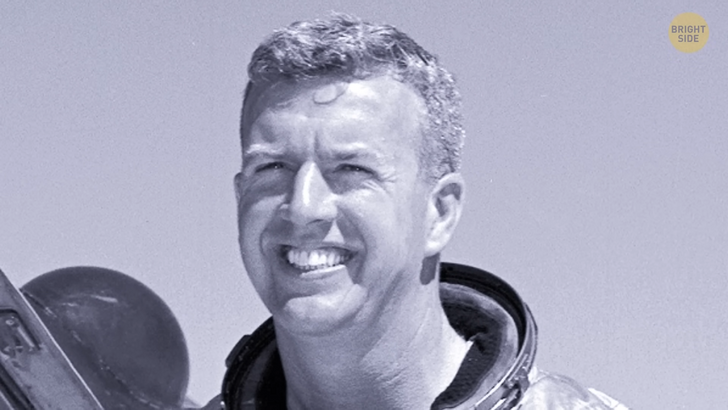
The program’s overall success helped develop the Space Shuttle program and pave the way for NASA to continue to the Moon decades later. Joseph Walker got a lot of awards and the cherished Astronaut Wings, but only many years later.
The Lunar Landing Research Vehicle, used to develop piloting and operational techniques for lunar landings, was trusted to be piloted by Joseph. And the famous Moon Crater “Walker” was named in his honor.











